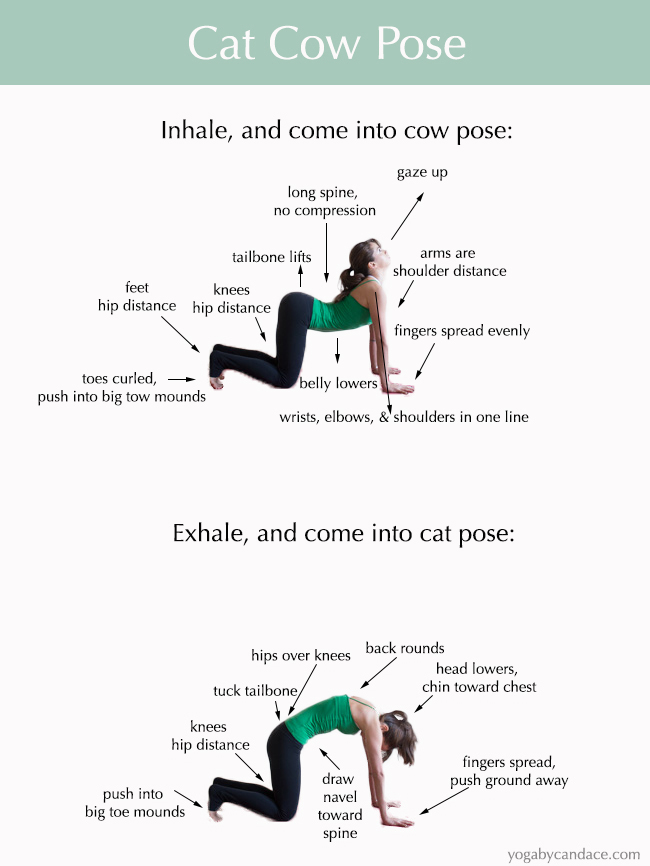
Please read the pinned comment before betting on this market.
Brief description:
Every day, the option with the lowest % is eliminated and resolves NO. The last two options remaining resolve YES and win!
Details:
When this market is created, I will choose a random time 9 PM and 11:59 PM CDT/EST for each day between 8/10 and 8/17 (inclusive). At around the time chosen for each day, I will resolve the currently unresolved option with the lowest % to NO. If there is a tie for last, I will randomly choose an option from among the tied options to eliminate. I will try to be as close to the designated time as possible, but I probably won't always be able to due to stuff in real life. After the final elimination, the remaining two options will resolve YES.
The animals associated with each option have no inherent meaning with regards to how this market will resolve, but perhaps they will determine how people will bet on them...
I will not bet on this market.
Results:
Horse was eliminated first at 17% at 11:26 CDT on 8/10
Red-Lipped Batfish was eliminated second at 11% at 9:51 CDT on 8/11
Dog was eliminated third at 6% at 11:56 CDT on 8/12
Elephant was eliminated fourth after being randomly selected in a 4-way tie at 31% at 11:18 CDT on 8/13
Dragon-Headed Caterpillar was eliminated fifth at 34% at 10:59 CDT on 8/14
Snake was eliminated sixth at 2% at 11:24 CDT on 8/15
Cat was eliminated seventh at 5% at 10:15 CDT on 8/16
Donkey was eliminated eight at 3% at 11:25 CDT on 8/17
Cow and Rat won.
🏅 Top traders
| # | Name | Total profit |
|---|---|---|
| 1 | Ṁ306,712 | |
| 2 | Ṁ70,786 | |
| 3 | Ṁ29,969 | |
| 4 | Ṁ27,619 | |
| 5 | Ṁ25,754 |
People are also trading
@jacksonpolack ya I feel like these kind of markets need a warning like "experienced Manifold users will just take your mana if you don't know what you're doing here"
When I was starting on Manifold I lost (now trivial) amounts of mana thinking I could get ahead on these kinds of markets, and losing. Now that I do know what I'm doing I mostly just feel bad for the ppl spending real money(?) just to instantly lose it.
I feel like I need more of an explanation on how Manifold is computing the probabilities. Intuitively, it seems like they should be moving way less than they do. For example, there's something like half a million mana in Cow, with more on the no side, and yet a 50 mana bet can move the market 10%. Veterans, is there a simple explanation for this that I'm missing?
So liquidity and the # of shares people hold are actually entirely separate. Like, they're kinda implicitly correlated because it is typically difficult to have huge trading volume without high liquidity, but using limit orders (or just constantly betting back & forth) there's no direct connection.
the TL;DR is that the market creator (or others) subsidize the market by paying an ante. this is the liquidity, a set of YES & NO shares (for a typical basic market it's 1000/1000). these are handed to the AMM (automated market maker). when someone wants to place a bet, they are buying shares from the AMM.
the key point is the liquidity used by the AMM is totally separate from how many shares manifold users hold in the market. i could fill a 100k limit order and the AMM wouldn't even be involved at all. but the next time someone trades, if there aren't limit orders up, the sensitivity of the price is entirely about the AMM.
you can find more math details here: https://manifoldmarkets.notion.site/Maniswap-ce406e1e897d417cbd491071ea8a0c39 . except note that despite the doc proclaiming the greatness & flexibility of maniswap, independent MC are actually just the original simpler uniswap, with p=0.5 always.
if you're curious, when i check the liquidity pools for the remaining options, here's what i see atm:
+--------+------------+-----------+
| animal | yes_shares | no_shares |
+--------+------------+-----------+
| Donkey | 211.4 | 264.2 |
+--------+------------+-----------+
| Rat | 210.7 | 248.2 |
+--------+------------+-----------+
| Cow | 233.2 | 262.8 |
+--------+------------+-----------+
| Cat | 252.8 | 238.5 |
+--------+------------+-----------+not many shares to work with! so if i try to buy even 100M in YES, the AMM has to move the price a bunch because it doesn't have many shares to sell. in this market, most of the work is being done by limit orders, so people can assemble giant positions. but even if earlier i bought 100,000 YES shares, that has no bearing on how much buying YES now will move the price.
Also, it used to be the case that Manifold would add some liquidity to the market for every new trader. So, large markets with lots of traders and volume used to get more liquidity automatically and were harder to “move” to a different price. This doesn’t happen anymore, so the liquidity in this market will stay low unless someone spends mana to manually add more.
ofc there are more ways to look at this: each has a 75% chance of making it to the next round, but bets are about final outcome, so 3 of them have a 66% chance of getting to the end. since we don't know which of the 4 will get to the last round each has:
75% chance of surviving now x 66% chance of surviving the next round = 50% chance
but again it's not actually so cut and dry. the real odds are based on the behavior of players. some of these have a ton more motivated parties to get them to YES or NO, and there's no telling who will time their plays better
(removed by author)
